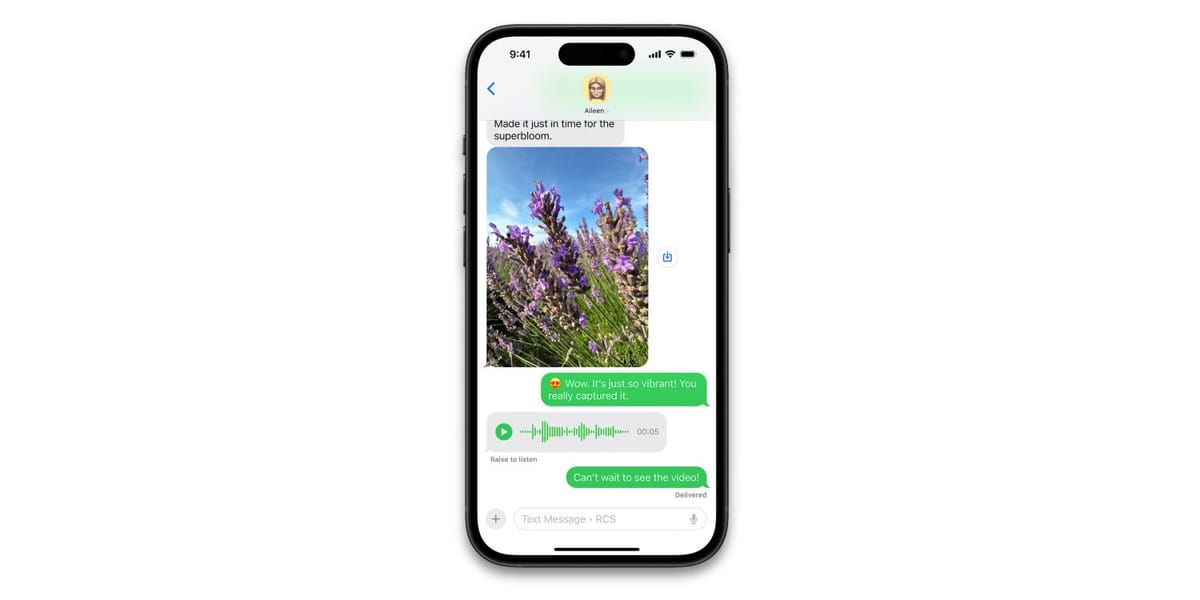iOS 18 Brings RCS to Apple Messages: What You Need to Know
Apple's WWDC 2024 unveils RCS support in iOS 18, revolutionizing cross-platform messaging between iOS and Android with improved features and encryption.

Finally! Finally! Finally! There's a lot of news from WWDC and plenty of tech-focused places on the web covering it all, but this it the biggest news in my book. No more crappy photos, videos and other non-sense when sending or receiving messages between iOS and Android!
Apple's WWDC 2024 has unveiled one of the most anticipated updates: the Messages app in iOS 18 will support Rich Communication Services (RCS). This major update means that RCS will replace SMS as the default communication protocol between Android and iOS devices, marking a significant step towards unified and enhanced messaging across platforms.
For years, the absence of RCS in Apple’s ecosystem led to numerous complaints and complications. Conversations between iOS and Android users were plagued by low-quality photos and videos, message truncation, and a lack of end-to-end encryption. With the introduction of RCS in iOS 18, many of these issues will be addressed, creating a more seamless messaging experience.
What is RCS?
Rich Communication Services (RCS) is an advanced messaging protocol designed to replace SMS. Unlike SMS, RCS offers a host of modern features:
- Typing indicators
- Read receipts
- Longer messages
- Higher-quality image and video support
Essentially, RCS brings many of the functionalities of iMessage to cross-platform conversations, making it a significant upgrade for iOS users who frequently communicate with Android users.
What Changes with RCS in iOS 18?
Apple’s implementation of RCS in iOS 18 means several new features will be available for cross-platform messaging:
- Enhanced Media Quality: Higher quality photos and videos can be shared without degradation.
- Message Length: Longer messages can be sent without being split into multiple texts.
- Typing Indicators and Read Receipts: Know when your message is being typed or has been read.
Despite these improvements, one thing remains unchanged: the infamous green bubbles for Android messages will persist, as well as green audio messages. This design choice maintains a visual distinction between iMessage and RCS conversations.
Why Now?
Apple’s decision to finally adopt RCS likely stems from regulatory pressures. The European Union’s scrutiny of Apple’s messaging practices seems to have been a significant factor, pushing Apple to make this long-awaited update. This move could help Apple avoid potential regulatory penalties and improve user experience.
While we await more detailed information about iOS 18 and its features, Apple has provided a glimpse of what RCS messaging will look like on iPhones. The text field will indicate an RCS connection, but the overall interface remains familiar to current Messages app users.
Stay tuned for further updates on iOS 18 as more details emerge. This update promises to revolutionize how iOS and Android users communicate, bridging the gap that has long divided the two platforms.





